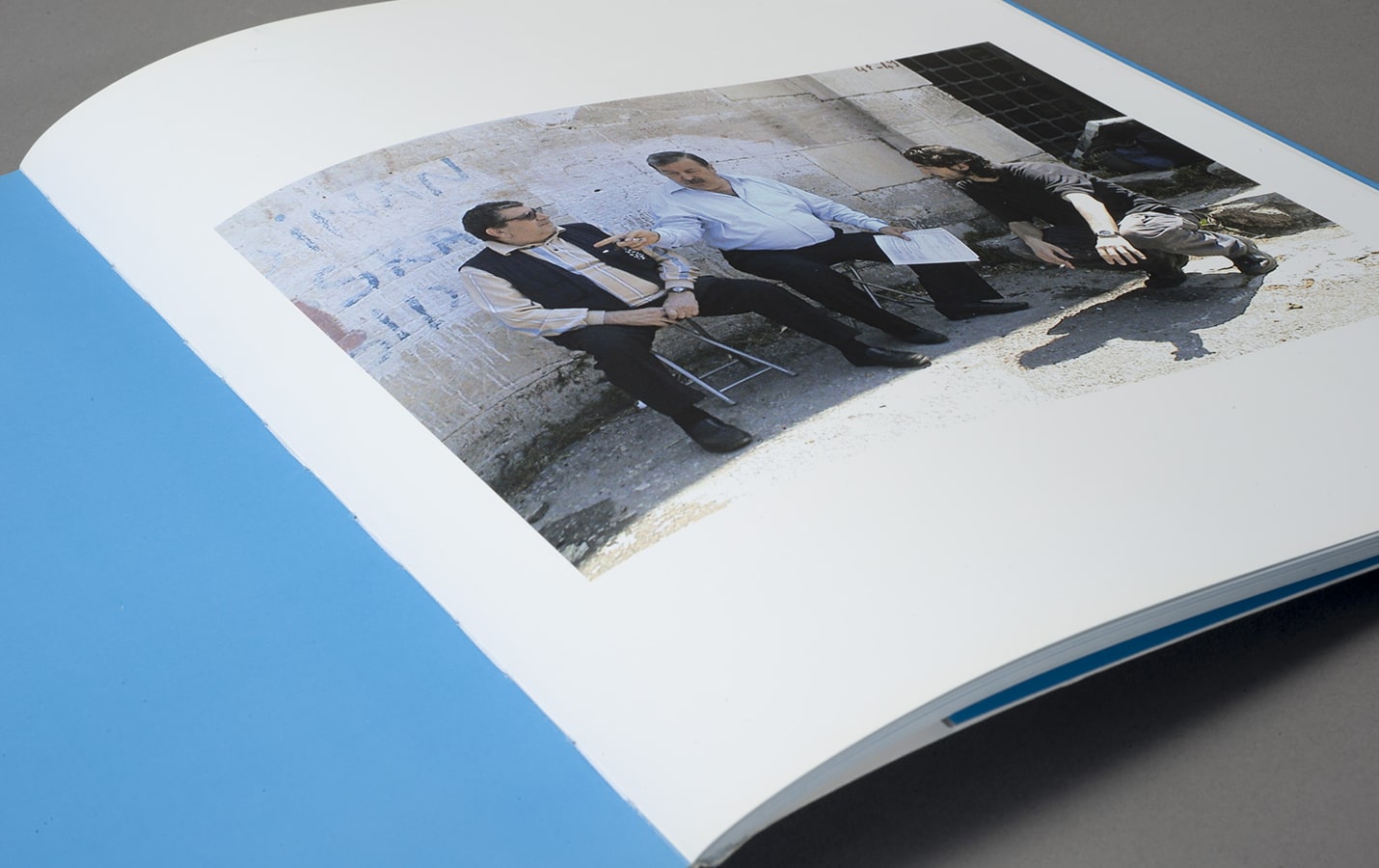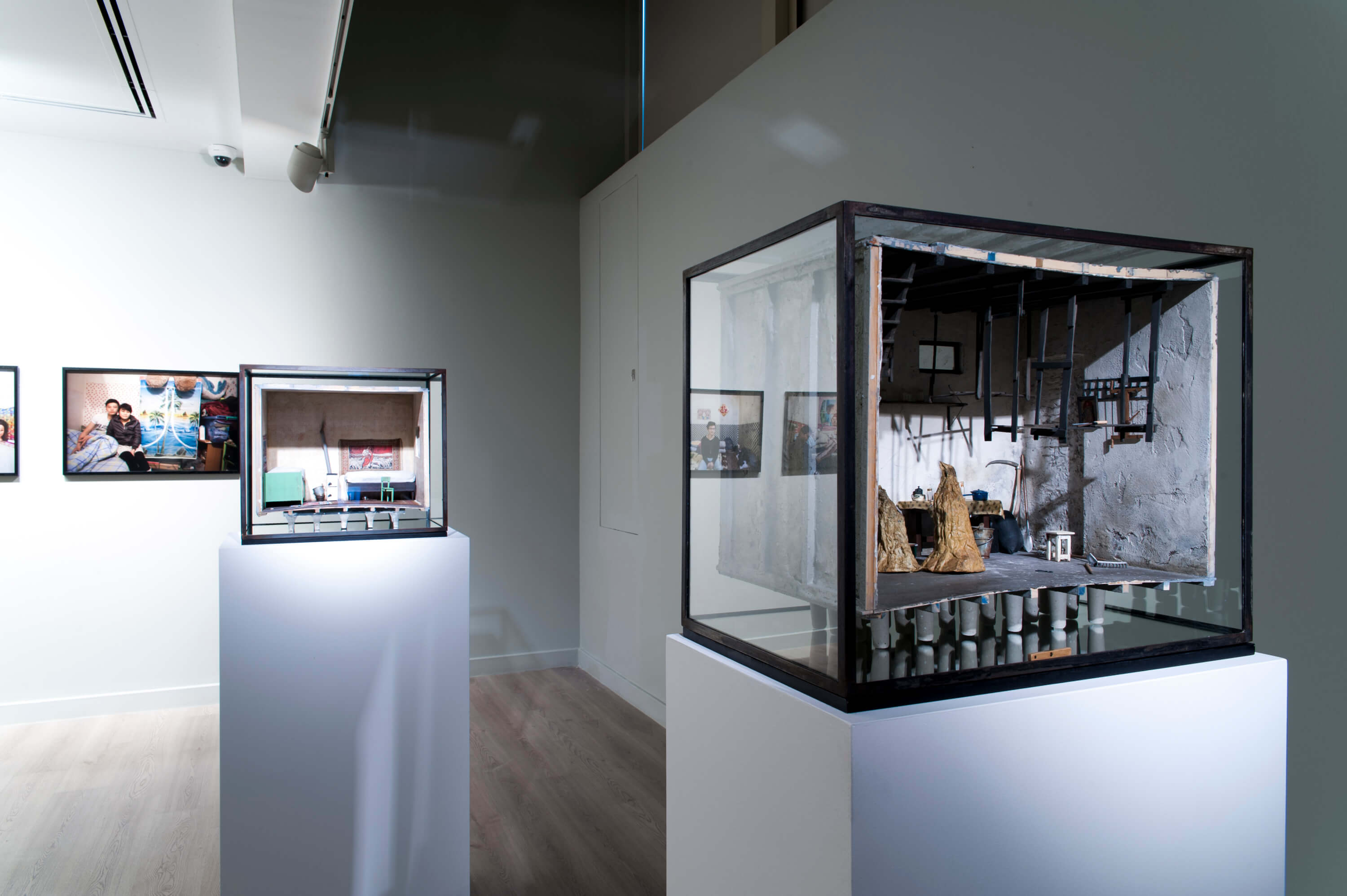July 17 - October 1, 2006
For the artist, there is a particularly productive relationship between the hand and the object. The hand must wield the brush masterfully; its skill must predominate when shaping the mass of clay. The fingers must find the way to elicit the finest sound from the strings of the violin, the keys of the piano. Here the hand searches for thought and feeling; the instant it finds what it has sought – in spite of its appetite – it must rise from the banquet table of sound or color or form, otherwise, like every other thing that loses its equilibrium, it becomes subject to damage.
The hand of the designer takes heed of the relationship between hand and object. Perhaps his relationship with the object develops as it passes through the filter of his relationship with the hand, because in the person-object relationship, holding and using are significantly predominant. But whether we are discussing art or design, if there is no relationship with creative potential in the relationship between matter and product, the hand is nothing more than a useful tool. From this aspect, the hand is the confessor of the heart, the brain and the aggregation that anticipates the creative potential...
The collaboration between the Fine Arts Faculty of Marmara University and the Pera Museum was based upon the condition that the ten divisions of this Faculty would be included in the exhibition and that it would be comprised from the works of the graduating class. It was certain that this interdisciplinary exhibition would display an energetic and extremely colorful totality. It was important to present the exhibition within the framework of a shared theme that would unify these varying techniques and disciplines. Ultimately the discussions on this subject led to the choice of the title EL/LE ,because of the breadth of its meaning.
In the EL/LE exhibition, painting, sculpture, graphic arts, ceramics, industrial products, interior design, textiles, photography and cinema come together in the opulence generated by the traditional arts of the hand. The “hand” is interpreted by the hands of artists and designers. What aspects of the hand will be beautified through the abundant energy of these creators? This exhibition provided the conclusive answer to that question.
Exhibition Catalogue

For the artist, there is a particularly productive relationship between the hand and the object. The hand must wield the brush masterfully; its skill must predominate when shaping the mass of...

Pera Museum, in collaboration with Istanbul Foundation for Culture and Arts (İKSV), is one of the main venues for this year’s 15th Istanbul Biennial from 16 September to 12 November 2017. Through the biennial, we will be sharing detailed information about the artists and the artworks.
Tuesday - Saturday 10:00 - 19:00
Friday 10:00 - 22:00
Sunday 12:00 - 18:00
The museum is closed on Mondays.
On Wednesdays, the students can
visit the museum free of admission.
Full ticket: 300 TL
Discounted: 150 TL
Groups: 200 TL (minimum 10 people)